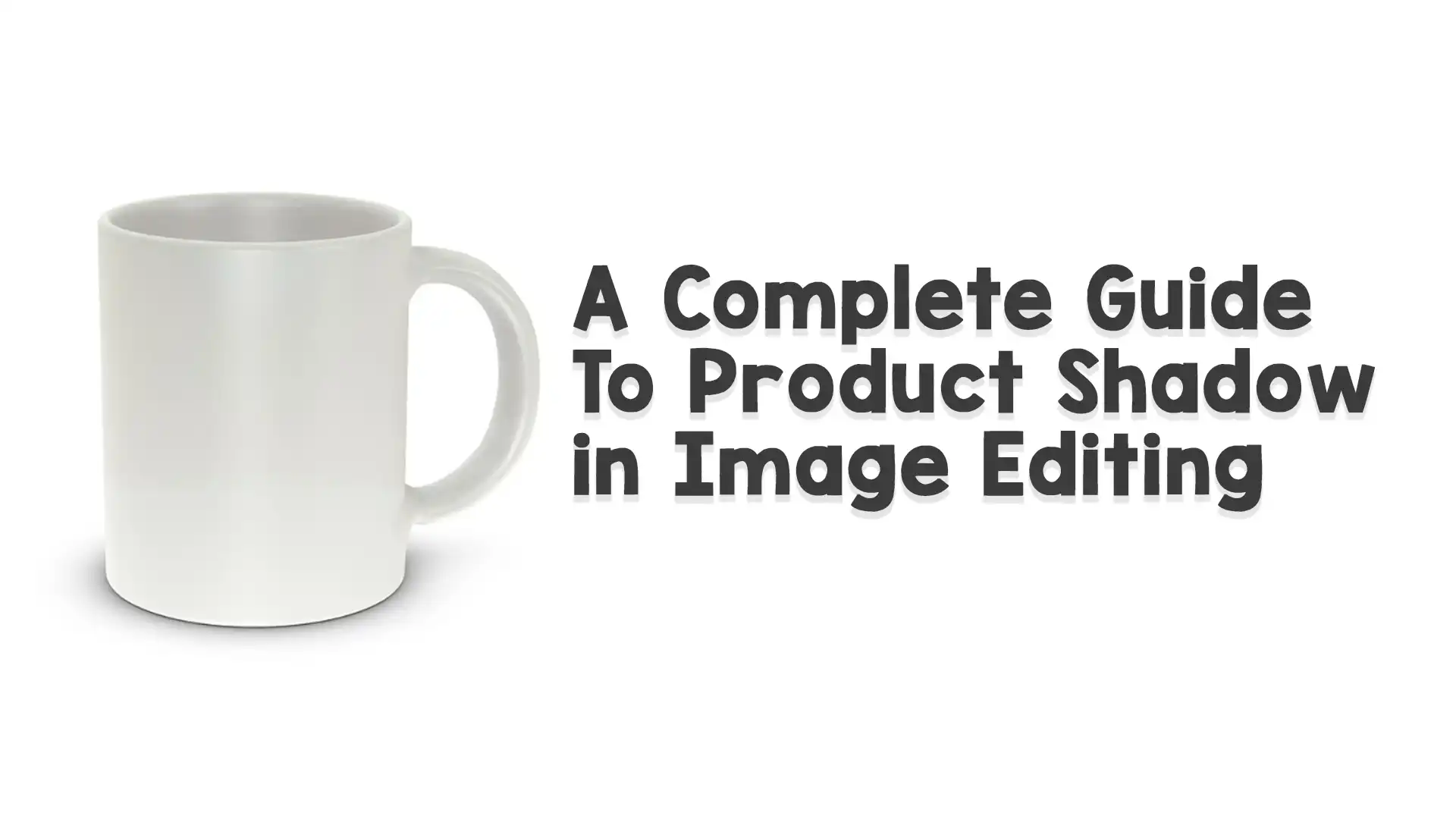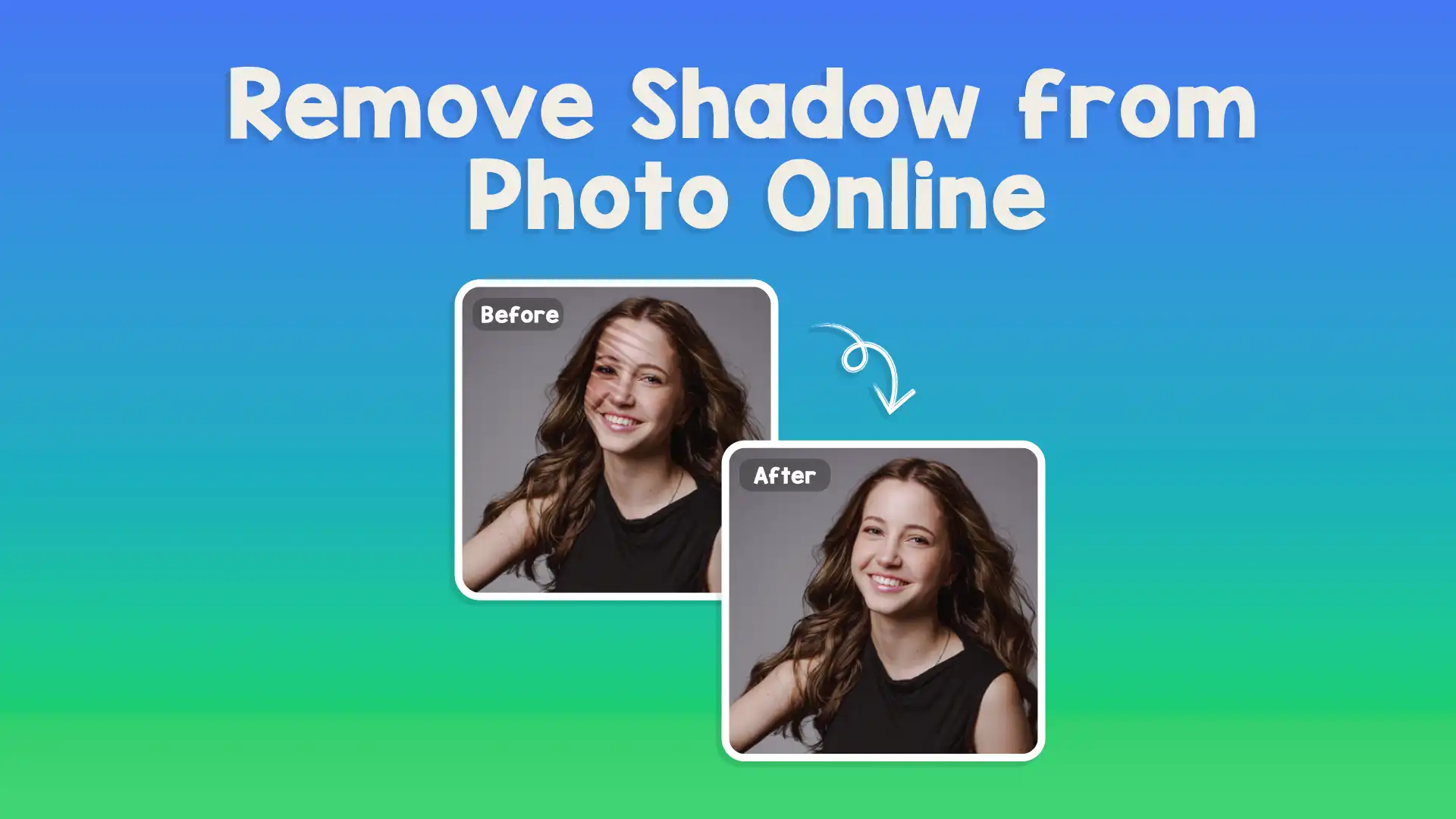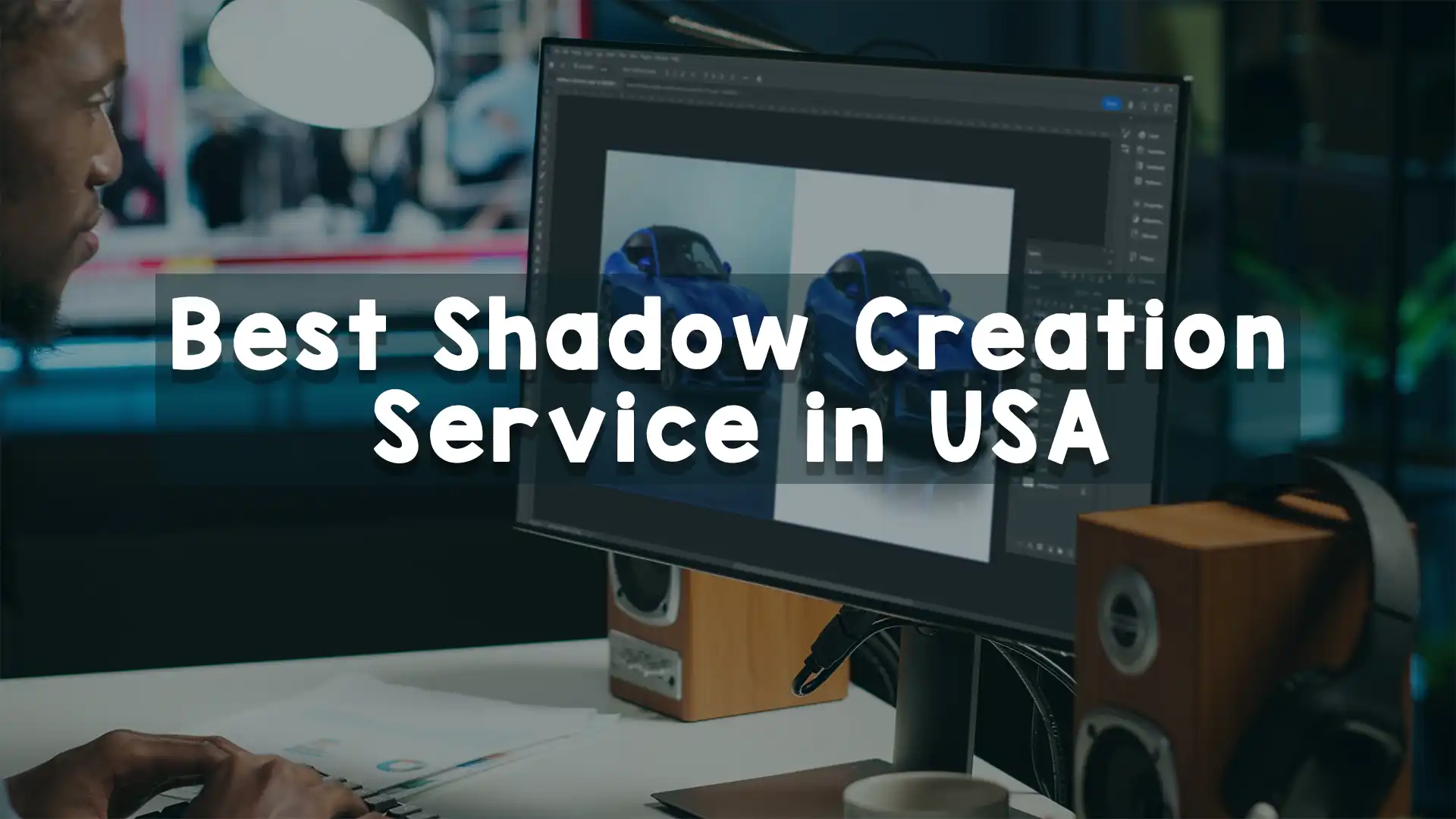In the world of photography and eCommerce, images play a very important role. A good product image can attract a buyer in seconds. One of the key elements that helps improve the look of a product is something called product shadow. Whether you are a photographer, online seller, or image editor, understanding this concept can make your visuals more professional and attractive.
In this article, we will explore everything about it in simple language. We will learn what it is, why it matters, the different types, how it is created, and how it helps businesses grow. We will also introduce you to professional services that can help you with perfect shadow editing.
What is a Product Shadow?
A shadow in a product image is created around or beneath the item to give it a more realistic and natural look. When photos are taken in a studio with strong lighting, natural shadows often disappear. Without these shadows, the item can appear flat or disconnected from the background. That’s why editors add them during post-production to restore a lifelike presence.
This technique adds depth, contrast, and detail to the image. It helps the viewer feel that the object is placed on a surface or within a real space, rather than floating unnaturally. A well-crafted product shadow makes the photo more appealing and builds trust, especially for online platforms like Amazon, Flipkart, or Etsy.
Why Product Shadow is Important in Photography
The main goal of a product photo is to make the item look attractive and realistic. A flat image without any shadows can appear dull and artificial. When a shadow is added in the right way, it brings the object to life. It improves the overall look of the image and helps make the item more appealing to potential buyers.
Shadows also play a key role in defining the shape and size of the object. They provide a sense of space and indicate the direction of the light source. This helps customers get a better understanding of how the item would appear in real life. That’s why almost all professional photographers and eCommerce sellers rely on product shadow editing to enhance their product images.
Types of Product Shadow
There are different types of product shadow that editors use depending on the product and style. Let’s take a deeper look at the common types.
Natural Shadow
Natural shadow is the original shadow created during photography. Sometimes, photographers shoot with natural or soft lighting that produces gentle shadows. In post-production, these shadows are enhanced or recreated to keep the natural feel. Natural shadows are soft, realistic, and suitable for most product types.
Drop Shadow
A drop shadow is one of the most common and simple types of product shadow. It is created behind or below the product, usually to one side, depending on the imaginary light source. Drop shadows give a neat and clean look to the product, often used on white or transparent backgrounds. They are especially used for catalog images and eCommerce websites.
Reflection Shadow
Reflection shadow is also known as mirror effect. This type of shadow gives a feeling that the product is placed on a glass surface. It creates a light reflection below the product which adds elegance and style to the image. Reflection shadows are often used in cosmetic, electronic, or luxury product photography to make the item look high-end.
Cast Shadow
Cast shadows are long or soft shadows that fall away from the object in a particular direction. They are usually created based on a light angle and give a strong sense of depth and dimension. Cast shadows are great for creating mood and realism in a product image.
How Product Shadow is Created
Creating realistic shadows for products can be done either during the photography session or later in the editing phase. When done during a shoot, it involves placing lights carefully and using surfaces that naturally reflect or catch shadows. However, in most commercial product photography, shadows are added afterward using software like Adobe Photoshop.
Skilled editors use various tools and techniques to add shadows during post-production. They start by separating the product from its background using clipping paths or background removal methods. Next, a new shadow layer is added beneath the item. By adjusting settings like opacity, blur, and placement, editors craft a natural look that matches the lighting of the original image.
This kind of editing requires attention to detail and practice. If done incorrectly, the result can look unrealistic and lower the image’s quality. That’s why many businesses choose professional editing services to get clean, accurate, and visually appealing product shadow results.
Benefits of Adding Product Shadow
There are many advantages to using shadows in product photography. They can enhance image quality and help build trust with potential buyers. Let’s explore some of the key benefits.
When an item includes a natural-looking shadow, it appears more lifelike and attractive. Shadows add depth to an image, making it stand out. This is especially important in online shopping, where customers cannot physically interact with the item. A well-placed shadow gives the sense that the object is real and ready for use.
In addition, shadows add contrast and guide the viewer’s focus. When placed against a plain background, they help the product visually pop, making the finer details easier to notice. This improves the buyer’s overall experience and can increase the likelihood of a purchase.
Consistent shadow editing also helps maintain a clean and professional look across all your images. If you’re uploading several items to an online store, having a uniform shadow style makes your catalog look polished and trustworthy. That’s why product shadow editing is widely used by professionals in the eCommerce world.
Common Uses of Product Shadow
Shadow effects are commonly used across various industries, especially in online retail and advertising. Items like clothing, shoes, watches, electronics, cosmetics, kitchenware, and jewelry often include carefully crafted shadows to enhance their appearance in photos.
For instance, shoe brands frequently apply drop shadows to give the footwear a grounded and stylish look. Cosmetic companies use reflection shadows to add a luxurious touch. Electronics and gadgets often feature soft shadows that bring out the product’s design and texture.
Even larger items like furniture and home décor benefit from cast or natural shadow effects. In reality, almost any item sold online or displayed in a catalog can gain visual appeal and realism through well-executed product shadow editing.
Challenges in Creating Product Shadow
Although adding shadows to product photos might seem simple, it can actually be quite challenging. Not every type of shadow works for every item. The size, direction, softness, and overall style of the shadow must align with both the product and the original lighting in the image.
To create a shadow that looks realistic, one must understand how light behaves. The angle, intensity, and position of the light source all play a role in determining where and how a shadow should appear. Some objects, like transparent bottles or items with intricate shapes, require especially detailed shadow work to look convincing.
Consistency is another challenge, especially when editing large sets of images. If you’re managing a catalog with hundreds of items, the shadow style must remain uniform across all photos to maintain a professional appearance. Achieving this level of consistency takes a skilled team and a strong focus on quality.
Because of these difficulties, many companies choose to rely on experienced professionals for product shadow editing to ensure their images look flawless and reliable.
Choosing the Right Product Shadow for Your Image
Not every item requires the same kind of shadow. The right choice depends on the type of product, how it’s used, and the platform where the image will appear.
If your image is going on a plain white background—like on eCommerce sites—a drop or natural shadow is usually the best choice. For high-end products or luxury advertising, reflection shadows can add elegance and depth. When creating lifestyle or emotionally engaging marketing images, cast shadows offer a more dramatic and realistic touch.
Understanding your brand’s visual style, your target customers, and the specific purpose of the image will help guide you in selecting the most effective product shadow technique for your visuals.
Product Shadow in E-Commerce
E-commerce platforms often have strict image requirements, such as using white backgrounds. While these backgrounds keep the layout clean, they can also make product photos appear flat and uninteresting. By adding a clean and soft shadow, the image gains depth and a more natural look—all while staying within platform guidelines.
High-quality visuals that include realistic shadows tend to grab more attention and keep viewers engaged. Customers are more likely to trust and buy items that look detailed and authentic. This is why adding a well-crafted product shadow can lead to better conversions and higher sales on online marketplaces.
For businesses managing large inventories, partnering with a professional image editing service ensures consistent quality across thousands of product photos.
Why You Should Use Professional Services
If you want your product images to look professional, realistic, and consistent, it’s a smart choice to work with experts who specialize in shadow editing. Trying to handle it yourself can be time-consuming, and without the right skills, the results might not meet the standards needed for online platforms or marketing.
Experienced editors understand how lighting and shadow work together to enhance product presentation. They know how to create visuals that align with your brand’s style while maintaining consistency across all your images.
Choosing professional product shadow services also saves you valuable time. Instead of worrying about post-production, you can concentrate on running your business. Whether you have a handful of photos or a massive catalog, expert editors can deliver high-quality results quickly and efficiently.
Product Shadow Services by Image Work India
At Image Work India, we specialize in high-quality image post-production, including product shadow services. Our team of skilled editors works carefully to create natural and professional-looking shadows that match your brand style.
We offer all types of product shadow editing like natural shadow, drop shadow, reflection shadow, and cast shadow. Whether you are an eCommerce seller, photographer, or studio, our services are designed to meet your needs.
We also provide other photo editing services like background removal, color correction, retouching, ghost mannequin, and clipping path. With years of experience and a strong team, Image Work India delivers fast, affordable, and consistent results.
If you want to make your product images look more professional and trustworthy, our product shadow services can help your business grow. Let us handle your post-production needs while you focus on your brand and customers.
Conclusion
Product shadow is a simple but powerful technique in image editing. It makes your product photos more attractive, realistic, and professional. Whether you are selling online, printing catalogs, or creating ads, adding the right shadow can make a big difference.
From drop shadows to reflection shadows, there are many styles to choose from depending on your product and brand. While creating shadows takes skill and time, working with professionals like Image Work India ensures that your images look perfect every time.
At Image Work India, we help businesses create beautiful and engaging product images with expert product shadow editing and complete image post-production services. Trust us to make your photos stand out in a competitive market.




